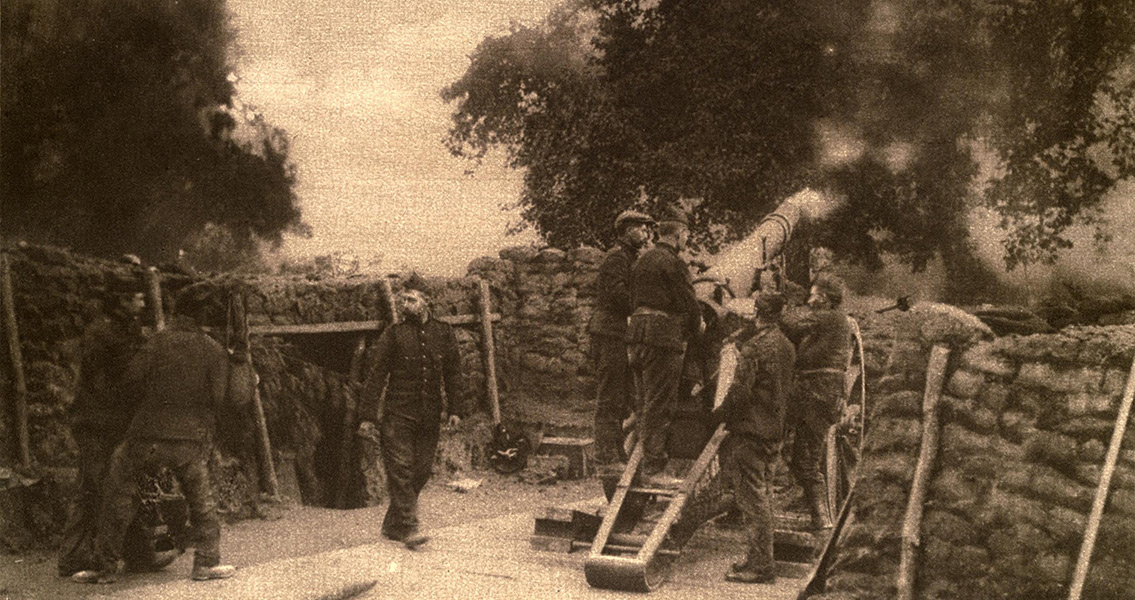<![CDATA[Armed with tools both old (a historical map) and new (aerial mapping, GPS and ground penetrating radar), a research team from Queen’s University Belfast set out on a mission to discover what, if anything, remained of the WW-1 era fortifications constructed for training purposes at the Lynch Military Camp in Kilworth, Cork, Ireland. What they found could prove to be the biggest, most well-preserved trench system and underground bunker from this era ever to be constructed in Ireland and Britain. At the camp they found a huge underground bunker, lookout towers, and approximately two kilometers of trenches, as well as ‘enemy trenches’ which had been constructed across from the main trenches to accommodate the training on how to capture the oppositions’s trench. The fortifications were built by the British Army in 1915. Geology expert and project co-supervisor Dr. Alistair Ruffell explained in the Irish Examiner that the fortifications were used to give soldiers an accurate picture of what life in the trenches was like, in addition to providing realistic training conditions (the terrain was very similar to numerous battlefields on the Western Front). In the towers, officers would direct their troops towards enemy positions as they came out of the bunker. He added that the training would require troops to sleep in the bunker, which could accommodate around 300 soldiers, and use small paraffin burners to cook. Ruffell also stated in the Irish Examiner that, given the size and level of preservation of the fortifications, Lynch Camp could be of greater significance than even Salisbury Plain in southern England, considered to be the largest military training center constructed by the British Army in all of Europe. Located near Stonehenge, Salisbury Plain serves the Royal School of Artillery which is based nearby, and has live firing 340 days a year. No excavations have been conducted at the Irish site due to the possibility of unexploded shells being buried there. Kilworth had been in use as a military training camp since the late 1890s, and although the Defense Department has been very supportive of the research activities, it’s not clear at this time what work will be done in the future. In 1866, firing ranges were first opened at the site, and it became an important training camp just a few years later when a large number of troops practiced maneuvers there before being sent to fight in the Second Boer War (1899-1902). In recent years, the camp has once again become an important training center for the Irish Defense Forces, and a state-of-the-art firing range was opened just last year. Additionally, the camp has also been remodeled to accommodate approximately 320 troops for training exercises at any one time, with state-of-the-art fitness facilities and catering services. Approximately 4,500 Defense Forces members are assigned for training at Kilworth every year, including the Ranger Wing and the Naval Service. ]]>
WW-1 Era Underground Bunker Brought to Light
